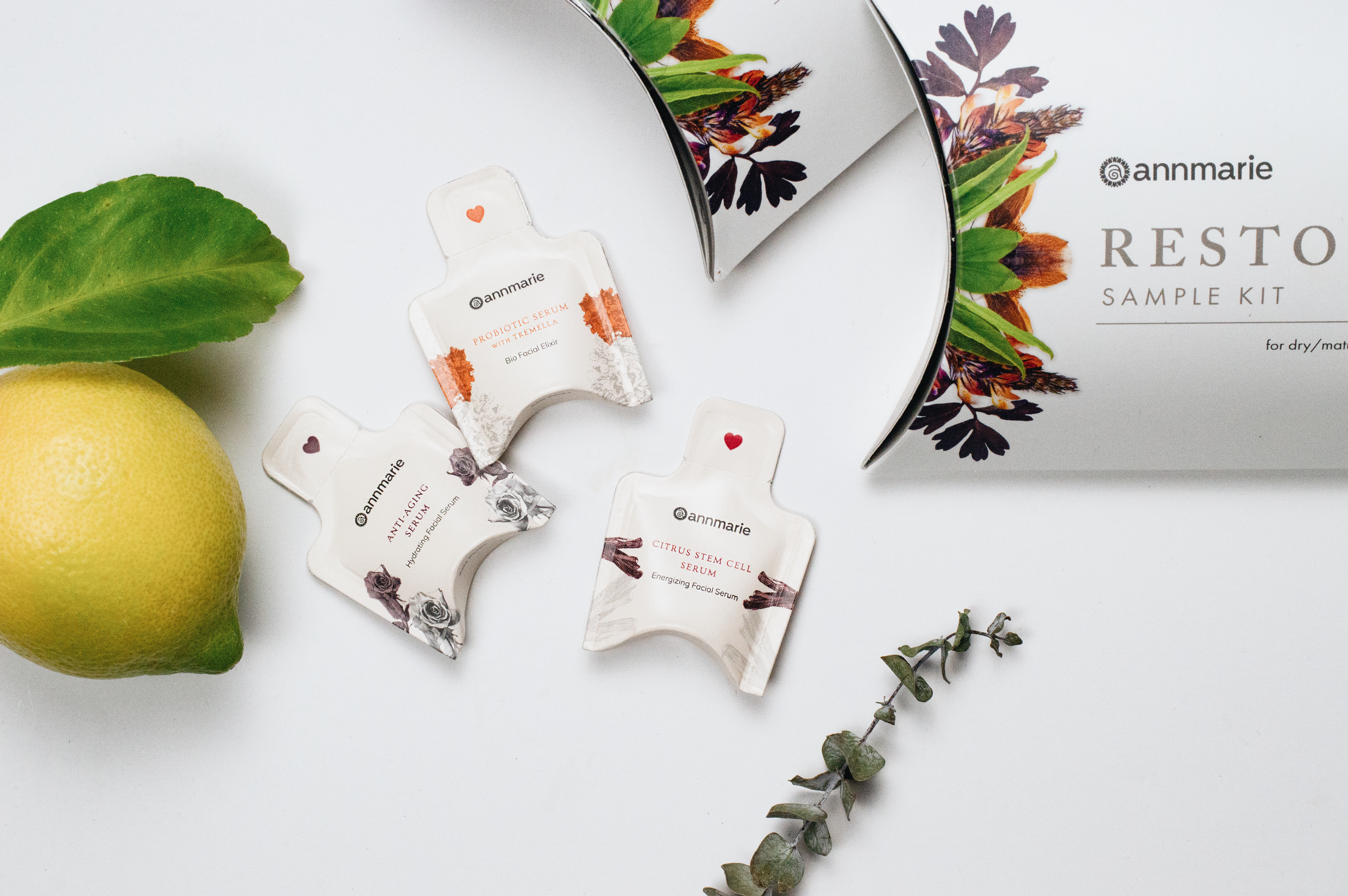Journey into Body Awareness
by João Paulo Pereira
Welcome Again To Your Body
This article was written for you, living in your body right now. For you, who have ever felt some sort of bodily discomfort. For you, who will sometimes do things without noticing how and why you are doing them anyway. Do any of these resonate? Keep reading and let’s go for a ride in our bodies.
Have you ever noticed your shoulders tensing high up towards your ears, pretending to be adornments? Have you ever noticed your thumb inconspicuously swiping up social media feed, as you realize that wasn’t even why you got your phone out in the first place? The list could go on and on: always resting most of your weight on your right leg as you wait in line to order coffee, hunching shoulders and leaning your head forward as you sit in front of your computer, finishing a meal so swiftly that you barely gave yourself time to chew, vomiting thoughts or words to that bastard that cut you off in traffic. If you answered yes to any of these, congratulations! You are just as human as me.
Hacking the System = Effective Change!
A couple of thousand years ago, an insightful treaty called Yoga Sutra discoursed on enlightenment and human psychology. Its authorship is attributed to a sage named Patanjali, who exposes the concept of samskara. Samskara is a behavioral pattern acquired through one’s habits, both conscious and subconscious ones, the same above mentioned unconscious acts. Back then, the yogis already speculated that the formula for bliss and freedom was in observing, understanding and neutralizing these patterns. In a computer science metaphor: learning the code and changing it!
Are you wondering what that has to do with body awareness? Well, thoughts lead to actions that lead to habits. Once the habit is formed, it is a psychological imprint, which gets automated in the nervous system. That is also true for the way in which we use our bodies. It is about doing things in the same way over and over again, without noticing their potential harmful effects. To use the same example as above, we might not realize that our resting position in standing, always on the same leg, helped our spine develop scoliosis, the sideways S-shaped curve that hurts when you _____. (please fill in the blank space yourself). What if that could also be slowly and gradually contributing to that soreness on your hip or sciatica? It is time for a different approach. An approach where awareness is key.
Let’s Do a Body Check-Up
Here is my invitation: a body awareness check-up. If you are reading this on your phone in a standing position, take time to witness which leg you lean most of your weight on. If you are seated, which sit bone are you leaning more weight on? Which leg goes on top if they are crossed? Notice it again in a few minutes or hours, when you are waiting to pay at the grocery store, talking with a friend, or driving your vehicle. Is there a recurring pattern or, to use the old sage’s word, a samskara?
This is how I like to approach this fun exercise. After observing the pattern, I strive not to react to it right away. I just notice. And notice all the subtleties of it, such as the position of my hips, the sensation on the foot or sit bone that bears more weight, the spinal tilt and level of the shoulders. That witnessing moment is important so that I can assess my posture after changing it and compare. Next, I switch to standing in the same exact fashion on the opposite side. Usually, it feels very awkward, and it should! I can then contrast the differences between sides: leg strength, suppleness on the side body, hip mobility, and any other noticeable sensations. Lastly, if I get a chance, I stand evenly on both legs and perform the BASA Body Awareness Exercise described here.
Mind, meet Body. Body, meet Mind.
Shall we ride a more subtle and profound wave of awareness? When you meet someone for the first time, do you tend to notice something you appreciate about them or your mind instantly judges something that it dislikes? Begin to notice how the landscape of those samskaras presents itself. What happens when something your co-worker, partner, parent or youngster said triggers you? Could you take time to observe your body and its emotions before reacting right away? Does your jaw tighten or your respiration gets shallower? Body and mind are connected, like nail and flesh. Under acute observation, a mental shift can be sensed in the body, and postural pattern can influence one’s mental and emotional state. These emotional patterns or mental imprints can build bodily tension that, over years, account for dysfunctional postural patterns, chronic pain, and even more serious issues.
I hope you enjoy this journey into body awareness as much as I do. And as you get more familiar and skilled in these postural check-ins, I would love to hear a share about the impacts of this experiment to your posture and to your life in general. You can reach me via the BASA website. Have a safe and joyous travels into your body!
Practice Makes The Master – some help to keep practicing
There is a very useful app to aid us in this process. It dings a grounding and peaceful Tibetan gong. I, particularly, will set it to chime every 45 minutes. You can choose your preferred interval as needed. It is called Mindbell on Android, Mindful Bell on IOS, and there are other similar apps to choose from. It is free, and it also has a timer for your meditation practice. I suggest you do an overall postural check every time it rings – and observe before reacting! Additionally, you can practice the BASA Body Awareness Exercise, or focus on any other theme you wish to bring your attention to that day.
BASA Body Awareness Exercise
How to Achieve First-Class Posture
This exercise is a great way to develop optimal postural habits. Ideally, it is done in a way that allows the poise to be kept effortlessly as you transition into the next daily activity. Take time and space to read this slowly, taking long pauses to feel each instruction in the body. It is a standing meditation itself and a gradual practice. The first steps will suit those who have never done body awareness exercises before while adding up all the steps together will be a challenge to the seasoned yogis and body-nerds.
Do one step at a time, and only move to the next once the sensations are clearly perceived. You can do only 1 or 2 steps. Or do them all, it doesn’t matter. Just make sure to not overwhelm your body with information and to enjoy yourself!
Step 1: OBSERVE
Come to standing and observe how much weight is on each leg, if it tends to be held more on the toes or heels, inside or outside edges of feet. Just observe and acknowledge the whole body in its posture.
Step 2: GROUND
Place your feet hip-width apart, with their midlines parallel. Spread your toes and distribute your weight evenly through the four corners of the feet. Press the mounds of the big toes gently yet firmly into the ground and notice the arches of the feet getting active, maybe even lifting a bit. Do not overdo these. It should feel easy and natural.
Step 3: RISE
With your knees soft in a very slight bend, imagine a magnet softly pulling your thighs together and up. With a similar feeling as a tender stretch, follow that rising sensation up, lifting the base of your pelvis and the deep lower belly muscles. Make sure to not tense anything up, so that your breathing is free and can deepen effortlessly.
Step 4: BREATHE
Relax your nostrils thoroughly and allow the breath to expand your rib cage in all directions: front, sides, and back. Imagine you have a party balloon at the center of the chest, that fills up with air. To the best of your ability, keep the lifting action on step 3 as you breathe in, in order to prevent the lower portion of the abdomen from sagging or collapsing.
Step 5: EXPAND
Elongate your side body as you soften your shoulders. Make sure the deeper breathing is rather widening the shoulders instead of raising them. Softly reach your arms down, all the way to the fingertips, alongside the body. Imagine you are holding a grapefruit by your throat, with a slight chin tuck and a subtle chest lift that lengthen your neck. Wait for a sense of relaxation to arise in your head. Soften your gaze and let your vision deeply rest at one point. If it helps you to close your eyes, let the inner gaze also rest at one point.
About João
João Paulo Pereira, a transplant from Brazil to Northern California, leads retreats and yoga trainings internationally as well as regular offerings in Sonoma County. His journey into body, breath, and mind started in 1999 and he has been teaching for nearly two decades. João founded the BASA Method, a fusion of his most powerful teachings focusing on Breath, Awareness, Strength, and Alignment. You can learn more about João and www.basayoga.com
Share
Mindful Mavericks™ | All Rights Reserved © 2015-2019 | Made with ♡ by Maria-Ines Design Studio


